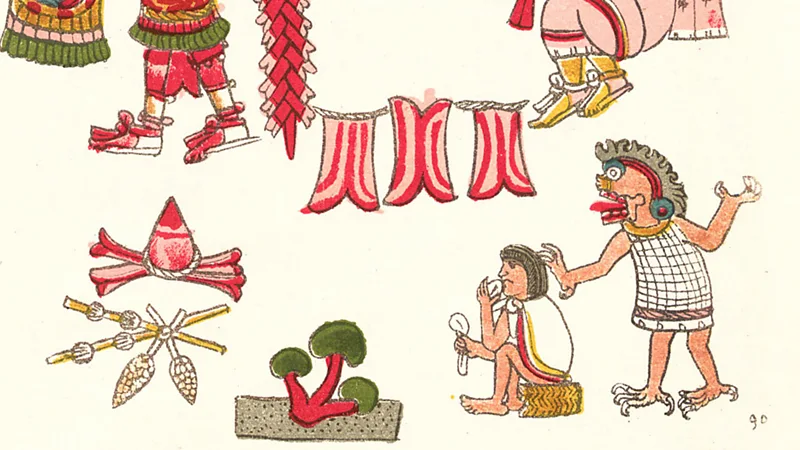Anthropologists discovered in 2008, amidst debris and llama excrement in a cave tucked into the rugged expanse of the Andes in south-western Bolivia, a tiny leather sack that had once belonged to a shaman from the Tiwanaku civilization—a pre-Columbian empire in the Southern Andes. The Tiwanaku civilization existed more than 1,000 years ago. They discovered an assortment of antiquated medical accoutrements within. This included the base ingredients of the psychoactive brew ayahuasca, a snuffing tube, spatulas to crush the seeds of psychoactive plants, and traces of substances ranging from cocaine to psilocin, one of the powerful hallucinogens found in magic mushrooms.
Experts surmise that the shaman’s bag offers a singular glimpse into the interplay between potent hallucinogenic medicines and ancient civilizations. Researchers studying medicine nowadays are also becoming more interested in the materials discovered inside the bag.
In the West, there is growing interest in the use of psychedelics including MDMA, LSD, ketamine, and psilocybin—a substance also present in magic mushrooms—as potential treatments for growing mental health issues. Supporters of certain psychedelic drugs believe they may represent a novel class of innovative treatments for mental diseases like substance abuse, depression, and anxiety. When used in conjunction with talking therapy, the chemicals are supposed to assist in changing the viewpoint of those who suffer from so-called “diseases of despair,” such as drug overdose, alcohol misuse, and suicide.







